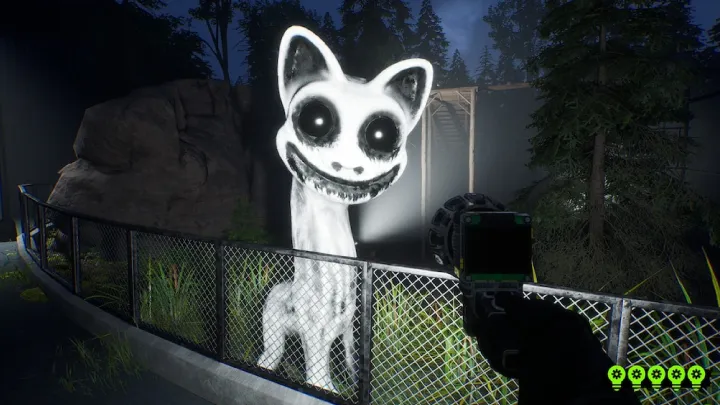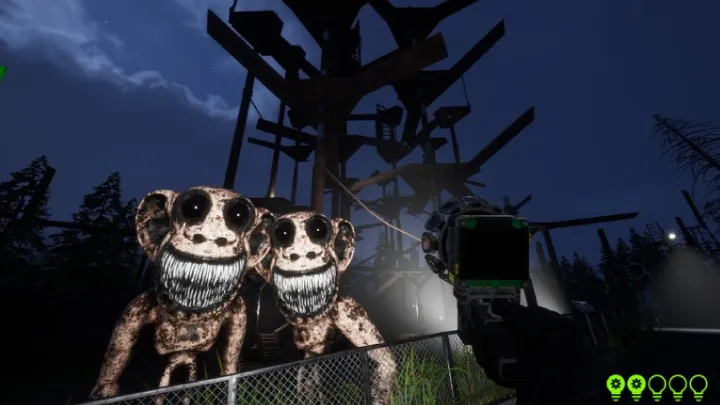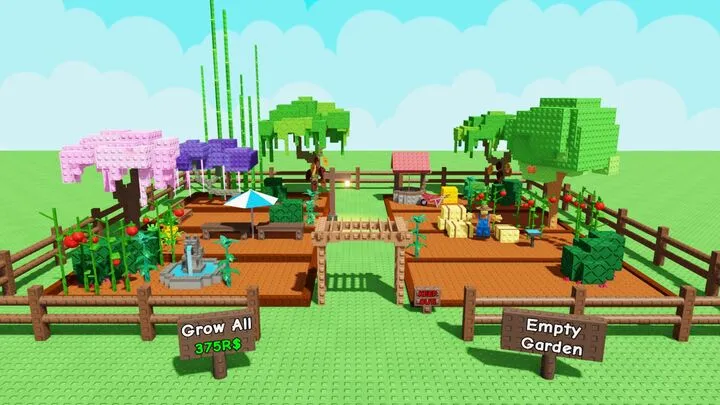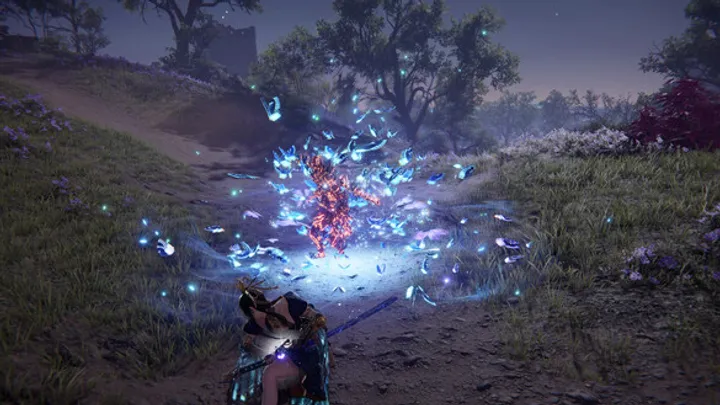1. Introduction
Zoonomaly is unlike most survival horror games because its predators don’t follow scripts—they adapt, learn, and evolve with you. Every action you take, from hiding in grass to using traps, is remembered by the AI and used against you later. This guide focuses on how to handle the adaptive predator system so you can survive longer, waste fewer resources, and enjoy the challenge instead of feeling overwhelmed.
Think of this article as a survival manual. Instead of simply analyzing predator AI, it will show you step by step how to counter it, what mistakes to avoid, and which strategies work even when predators seem to outsmart you.
2. How to Recognize Predator Learning Patterns
The first step to survival is noticing when predators are adapting. At first, they act simple, but watch closely: are they revisiting your hiding spots more often? Are they ignoring the same distraction you used earlier? These are signs the AI is adjusting.
Once you recognize patterns, you can plan ahead. If a tactic worked three times in a row, assume it won’t work the fourth. Stay unpredictable, even when it feels unnecessary, because every habit you develop becomes a weakness predators can exploit.
3. How to Keep Strategies Fresh
Surviving in Zoonomaly means rotating strategies constantly. If you always crouch in tall grass, predators will sniff it out. If you always throw cans to create noise, predators will investigate more cautiously.
The best approach is to create a rotation of at least three survival tactics—one for stealth, one for noise diversion, and one for last-minute escapes. Even if predators adapt to one method, you’ll always have alternatives ready.
4. How to Manage Resources Wisely
One of the biggest challenges is resource drain. Players who panic burn through traps, tools, and decoys too quickly. Instead, treat every resource as a long-term investment. Use simple environmental tricks first—shadows, terrain, timing—before spending items.
Think of tools like flares or traps as “emergency buttons.” Save them for when predators are in hunting mode and you absolutely need to reset the encounter. Waste them early, and you’ll face smarter predators later with nothing left in your inventory.
5. How to Handle the Fear Factor
The predator AI is designed not only to threaten you but also to make you doubt yourself. This psychological pressure is one of Zoonomaly’s most powerful weapons. The fear that predators are “learning” creates paranoia.
The way to handle it is to slow down and breathe. Do not rush movements out of panic. Move only when you’ve observed predator patterns in an area. Treat fear as information—if you feel unsafe, it usually means you’re repeating a tactic and the AI might strike soon.
6. How to Survive in Multiplayer
In multiplayer, predators adapt to group behavior, not just yours. If one teammate is sloppy, the entire group pays for it. To survive together, communication is key.
Agree on rotations of strategy: one player distracts, one sets traps, another scouts. Share information about predator reactions so the whole team can adjust. And most importantly, avoid blaming each other—predators are already clever enough without teammates fighting among themselves.
7. How to Overcome the Difficulty Curve
The mid-to-late game in Zoonomaly is notorious for its difficulty spike. Predators begin to stalk you across maps, ignore old tricks, and force you into constant adaptation.
To overcome this, plan “difficulty checkpoints” for yourself. Every few hours, pause and rethink your approach. Rotate hiding places, change exploration routes, and experiment with tools you’ve been neglecting. Treat each phase of the game as a new environment, not a continuation of the last.
8. How to Learn from the Community
Because predator AI is so challenging, the Zoonomaly community has become a goldmine of survival knowledge. Players share tactics, exploits, and alternative approaches on forums, Discord, and guides.
Learning from others not only improves survival but also reduces frustration. If you’re stuck, someone else has already faced the same predator behavior and found a solution. Adopting community-tested methods will keep you one step ahead.
9. How to Balance Realism with Fun
Predator AI feels realistic because it adapts like a living creature, but realism can sometimes break fun. If you find yourself exhausted, remember that Zoonomaly is still a game—you control the experience.
Don’t hesitate to adjust difficulty settings, experiment with mods, or create personal rules (like rotating strategies only every 15 minutes). Survival is about making the experience engaging, not unbearable.
10. How to Prepare for Replayability
Every new run of Zoonomaly feels different because predators remember nothing from your past playthrough, but they will always learn again. To prepare for replayability, go into each session with a plan: rotate tactics earlier, save resources more aggressively, and expect predators to adapt faster than last time.
By treating every new playthrough as a training ground, you transform frustration into mastery. Each game becomes practice for the next, making long-term survival not just possible, but rewarding.
Conclusion
Zoonomaly’s predator AI is both a nightmare and a masterpiece. To survive it, you must think like the predators themselves—adapt, rotate, and outsmart them at every step. The more unpredictable you are, the longer you’ll last.
Survival in Zoonomaly is not about being the strongest. It’s about being the most adaptable. If you follow these “how to” steps, you’ll turn the game’s most feared mechanic into its most thrilling challenge.

















